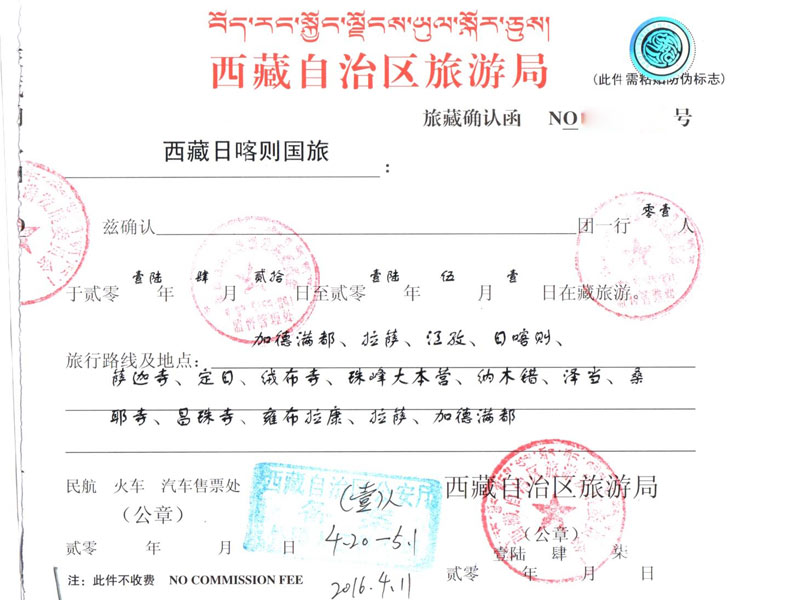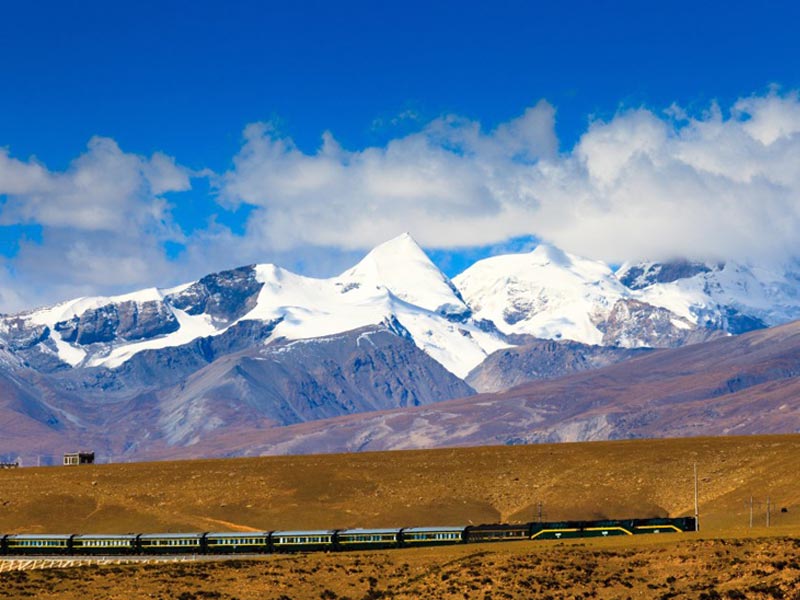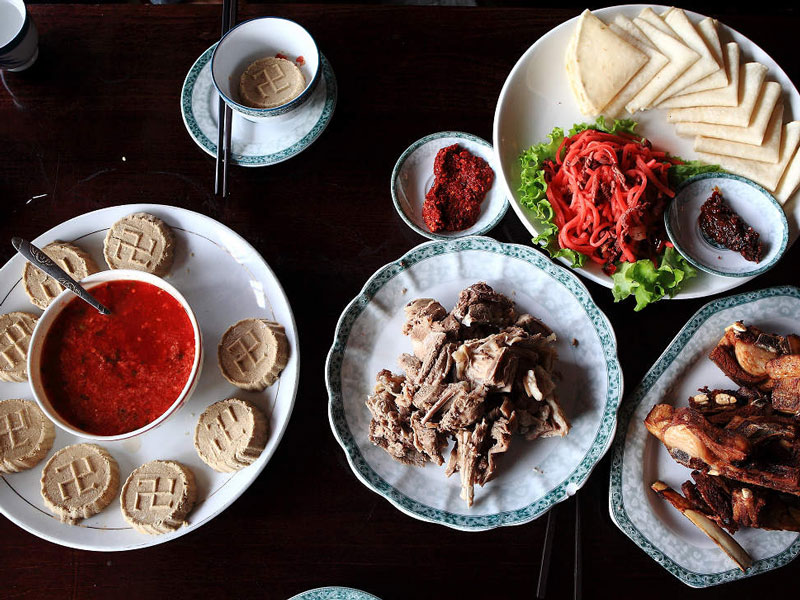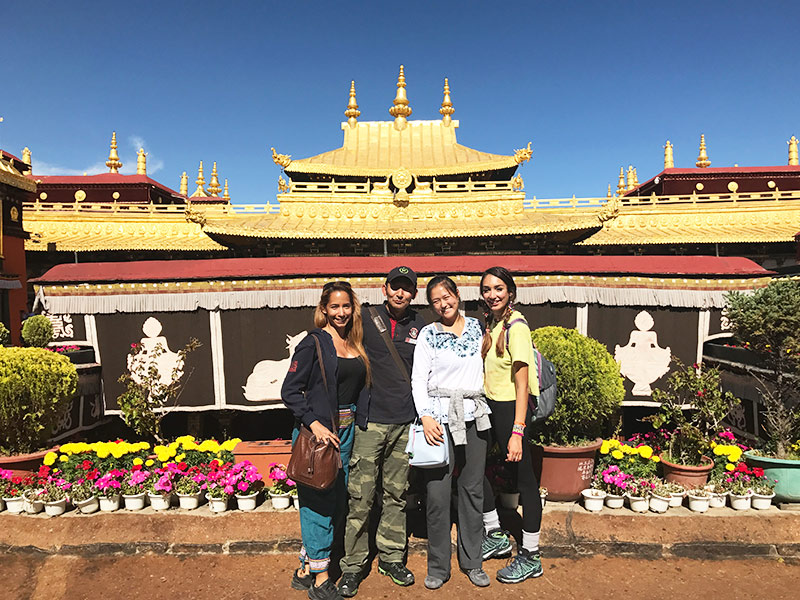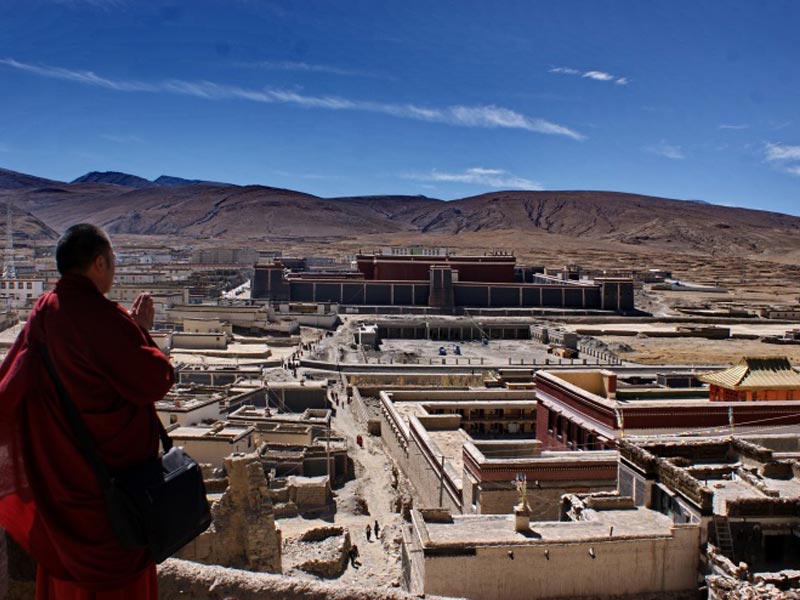Tibetan costumes: live record of Tibetan history
Tibetan costumes carry an unique record of its time-honored history. The study on Tibetan costumes will enhance research on the historical and cultural development of Tibetan ethnic group. Historical records show that the essential characteristics of modern Tibetan costumes took shape as early as 11th century, BC. With the intercommunication between different tribes and ethnic…
.jpg)











